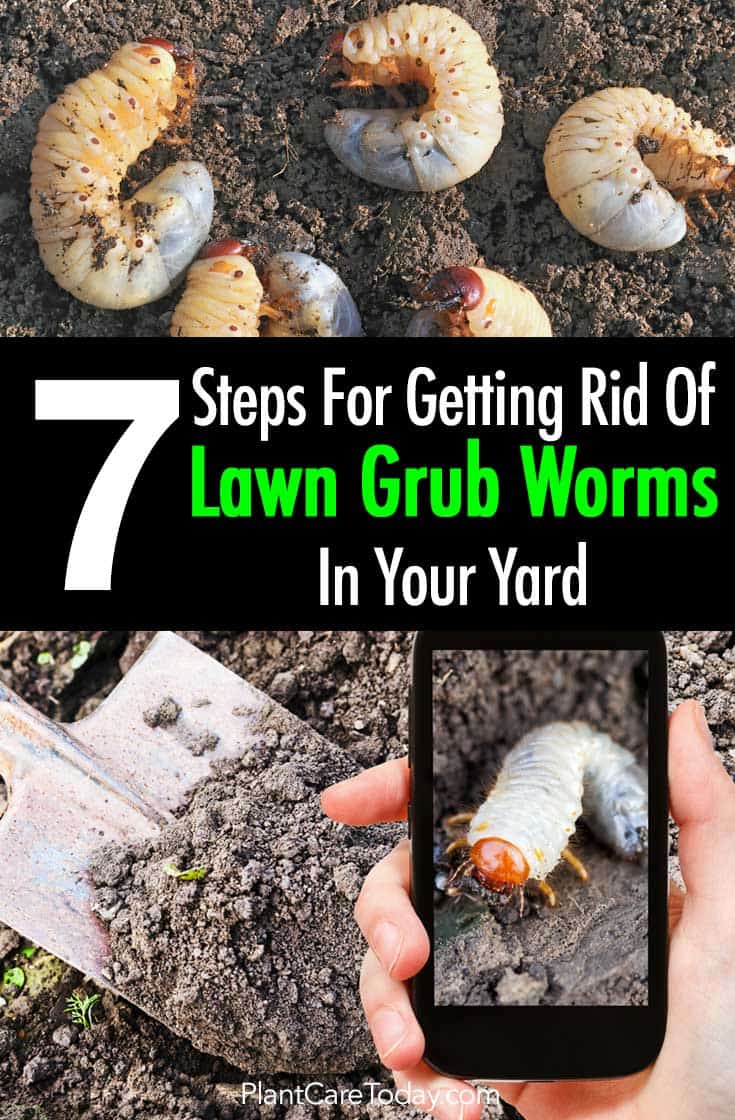The
grubs most harming have a tendency to be the grubs from Japanese Beetles, June
Beetles and European Chafer. Here are some naturally neighborly procedures for
controlling them.
1. A solid grass is your best protection,
so finished seed your yard to keep it decent and thick. Likewise, the more
solid your garden, the less harmed it will show up. Maintain a strategic
distance from grass blends with frail roots like Kentucky Blue Grass.
2. Pull in more grub-eating flying
creatures to your yard with water, settling and feeders. Certain types of
winged creatures, similar to European starlings, blue-jays, purple martins,
crows, grackles, meadowlarks, cardinals, blackbirds and robins all eat grubs.
Starlings, robins and cardinals will likewise eat grown-up Japanese bugs. You
can run a rake over tainted zones to help turn up developing grubs for going to
flying creatures.
3. Raising the deck on your lawnmower will
energize more arachnids and ants, both of which will help control the grub
populace.
4. Hand pick the grown-up Japanese bugs.
To recognize grown-up Japanese creepy crawlies, search for 3/8-inch long
metallic green bugs with copper-darker wing covers. They can be recognized from
other comparative looking insects by the five little white tufts that venture
from under the wing covers on each side, and a 6th combine at the tip of the
midriff.
5.
I've never tried this, but
certain flowers that contain geraniol, like white geraniums, 4 o'clocks
(mirabilis), larkspur, red and dwarf buckeye and castor bean plants are
supposed to attract and poison adult Japanese beetles. If nothing else, they
may attract the pests to one area where you can spray them with a soapy
insecticide or remove them by hand.
6.
Apply Parasitic Nematodes.
Upon penetrating a grub, the nematode inoculates the grub with the bacteria.
The bacteria reproduce quickly, feeding on the grub tissue. The nematode then
feeds on this bacteria and progresses through its own life cycle, reproducing
and ultimately killing the grub. Heterorhabditis bacteriophora is a type of
commercially available nematode for grubs.
7.
Milky Spore. This is a
bacterium that once ingested by grubs, builds up in their blood, eventually
causing their death. It's considered a long term solution and is usually used
in areas experiencing severe infestations. Its needs to be applied over the
course of a couple of seasons (2-4 years) in order for it to build up in the
soil. After that, it is supposed to last for a decade or longer. Ask your local
garden center or extension office where to get milky spore in your area.



No comments: